Explore space or the world of Peaky Blinders this April with Games with Gold! On Xbox One and Xbox Series X|S, start the month off by managing the perfect space home in Out of Space: Couch Edition, and then midmonth roam through a puzzle-adventure game based on the hit show in Peaky Blinders: Mastermind.
Xbox Live Gold members will have exclusive access to these games for a limited time as part of Games with Gold. So will Xbox Game Pass Ultimate members, who receive all the fantastic benefits of Gold plus access to hundreds of high-quality games with Xbox Game Pass.
Out of Space: Couch Edition
There is no place like home, especially when you’re drifting through outer space. The challenge is that a deadly alien infestation has also settled in. It will take all your strategic skills to keep each newly generated spaceship house creating resources and recycling alien goo by automating tasks to help keep it clean and comfy. Play with friends to build a sustainable environment that you can all enjoy together.
Peaky Blinders: Mastermind
A plot is afoot to put the family out of business and it’s up to you to uncover it. Set prior to season one of the hit show, you can control six key members of the Shelby family, each with different strengths and weaknesses. If you need to bribe a cop, use Polly, but if you need to bust down a door or knock a few skulls, take control of Arthur. By using the right person at the right time and leveraging the game’s unique mechanics to move backwards or forwards through time, you can be the mastermind that puts everyone in sync to help unlock the puzzles.
Read more about our Games with Gold program here and stay tuned to Xbox Wire for all the latest news on Xbox. Like we said before, if you’re an Xbox Game Pass Ultimate member, you get all the benefits of Xbox Live Gold, hundreds of high-quality games you can play on console, PC, and across devices from the cloud, and access to EA Play at no extra cost. New games are added all the time, so you’re never without something new to try when you’re looking to find your next favorite game. If you’re new, or if you’re an existing Xbox Live Gold and Xbox Game Pass for Console member, join or upgrade today.
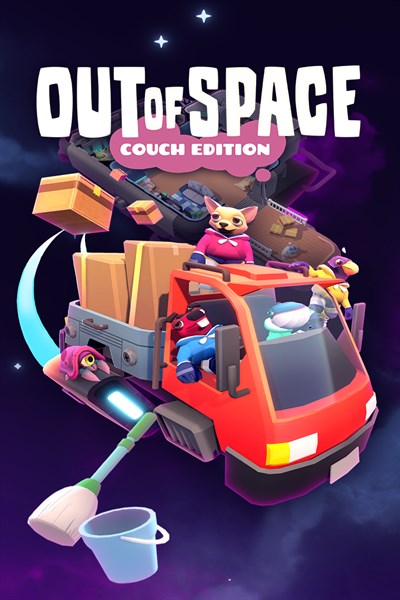
Out of Space: Couch Edition
You and your friends are about to move into a house in space, where you will have to deal with a deadly alien infestation and face the challenges of building a sustainable spaceship, all to make your new place feel as cozy as home!
COUCH FUN MEETS STRATEGY
Each match starts in a procedurally generated spaceship house that will demand your best planning and teamwork skills to become clean and comfy. You and your friends will need to generate resources, recycle trash and alien goo, buy and build new technologies, and take care of one another, if you ever want to call home the mess that you got into.
As a COUCH-FUN game, Out of Space has short matches and is easy for everyone to grab a controller and play. At the same time also as a STRATEGY game, it will require short and long-term decisions, expanding and conquering new rooms and building technology to automate tasks.
FEATURES
– Buy, build and place your new technology, while keeping your systems efficient and sustainable.
– Power up your spaceship by recycling alien goo and producing energy batteries.
– Harvest and take care of your fruitful gardens to keep everyone fed.
– Clean rooms with mops and water, while containing the deadly alien menace.
– Take a nap on your sofa, while your friends desperately claim for help.
– Automate cleaning and harvesting with the help of robots.
– Adopt Dogs, they will love you for it and help you in any way they can!
OTHER FUN STUFF
– Procedural spaceship generator: different challenge everytime you play.
– Missions to guide the player’s progression that never leave out what couch-fun is about.
– Unlock new content when completing achievements.
– Play single-player or local multiplayer
– No weapons of any kind. Take your mop and sweep your way out of danger.
Are you up for the challenge? Living with roommates was never easy, but now you’ll do it in outer space!
THE DEVS
Behold Studios is the studio behind Knights of Pen & Paper, Chroma Squad and Galaxy of Pen & Paper. With a big and strong fan base, we’re developing this game with the help of the community, openly sharing builds, milestones and carefully listening to feedback and improving the overall experience of the game.
Peaky Blinders: Mastermind
Peaky Blinders: Mastermind is a puzzle-adventure game, based on the multi-award-winning BBC and Netflix TV show.
Welcome to Birmingham, during the aftermath of the Great War. Set right before the events of Season One, Peaky Blinders: Mastermind lets you join the Shelby family’s criminal gang. Follow the rise of Tommy as he successfully uncovers a sinister plot to put the family out of business, proving himself worthy of being the true mastermind of the Peaky Blinders.
Mastermind refers to Tommy’s ability to plan complex scenarios in his head. As the player, you get to exercise this power by taking control of key members of the Shelby family including Tommy, Arthur, Polly and more. Become the Mastermind as you freely reset and rewind each character’s path in order to tune all of their actions for perfect coordination.
Achieve the highest mission rating by strategically utilising characters and stealth to solve increasingly complex puzzles with optimum timing.
Related:
Free Play Days – Anno 1800, Session: Skate Sim, and Autonauts
Free Play Days – Tom Clancy’s Rainbow Six Siege, WRC Generations, Dead by Daylight, and Cities: Skylines – Xbox One Edition
Free Play Days – Diablo III: Eternal Collection, Train Life: A Railway Simulator, and Human Fall Flat

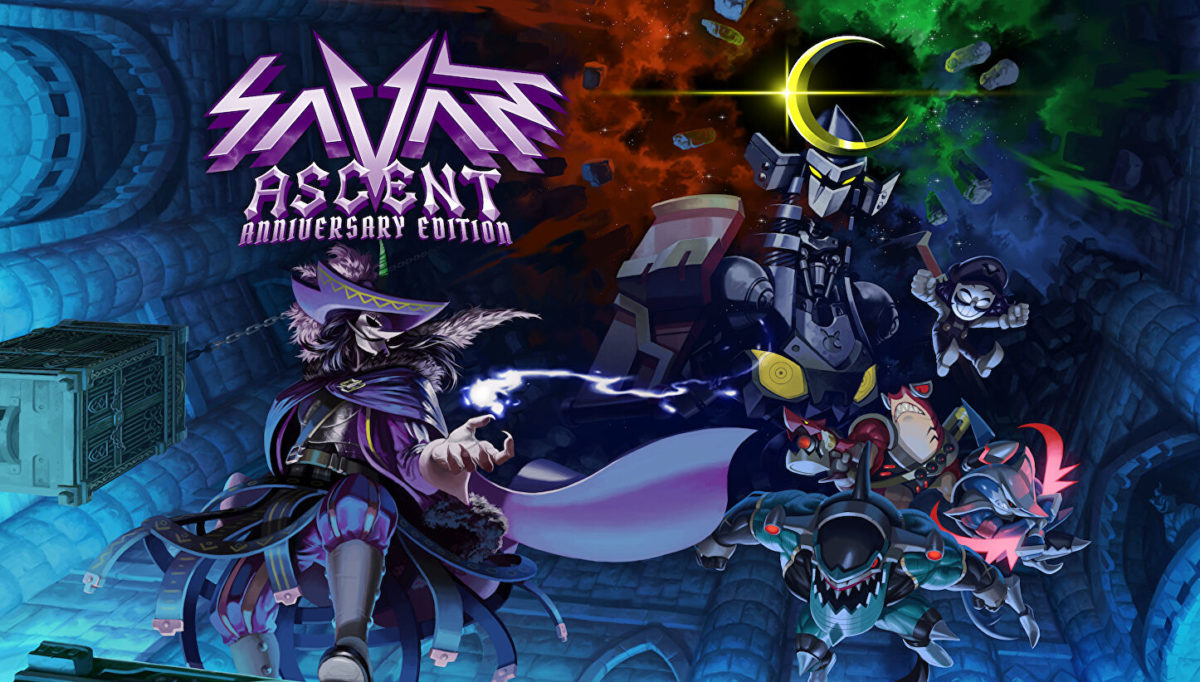
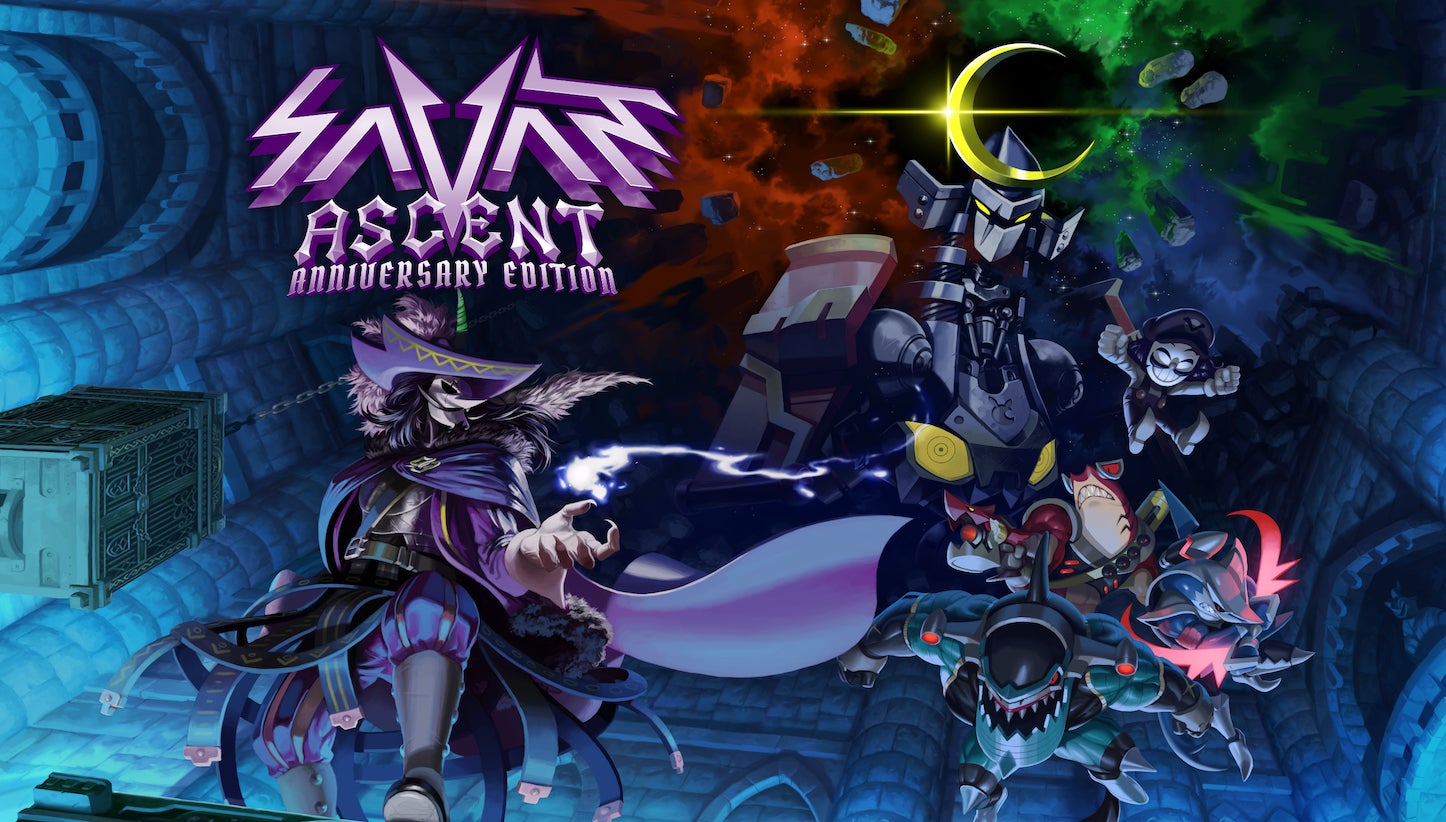 Owlboy developers D-Pad Studio are swooping back in time to revisit their very first game, Savant – Ascent, originally
Owlboy developers D-Pad Studio are swooping back in time to revisit their very first game, Savant – Ascent, originally 

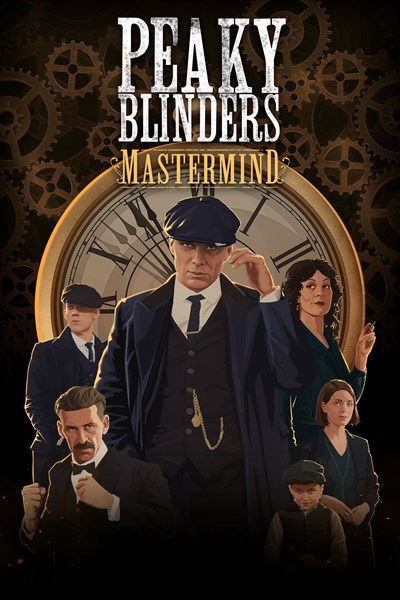
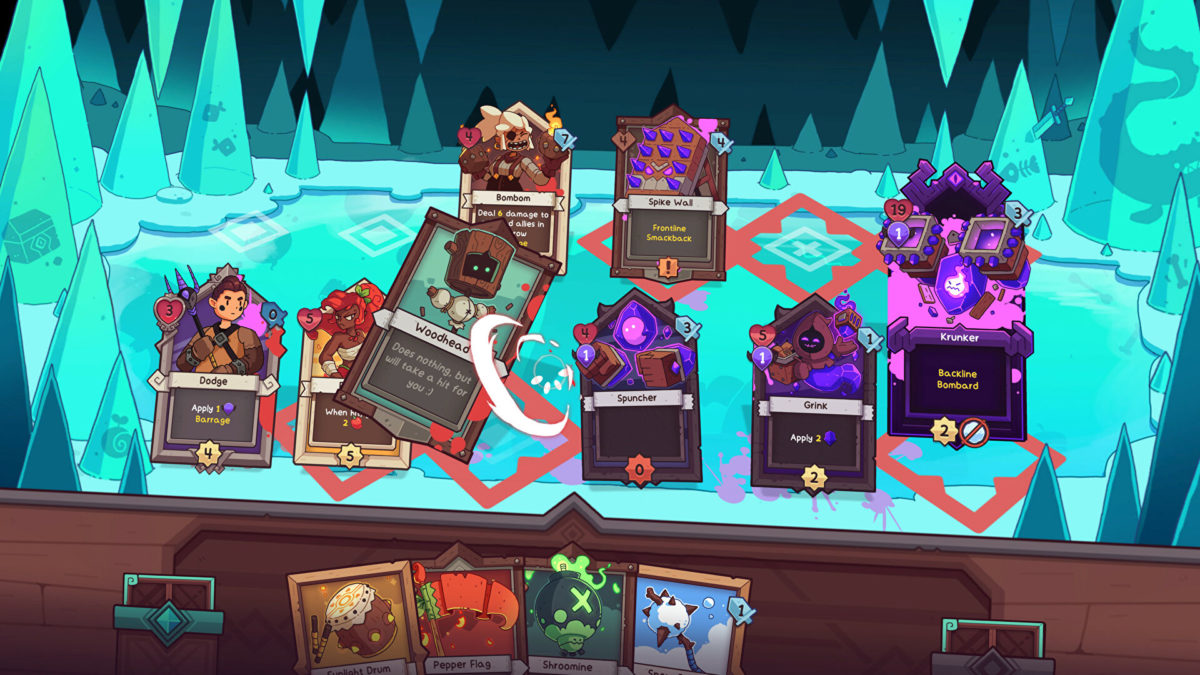
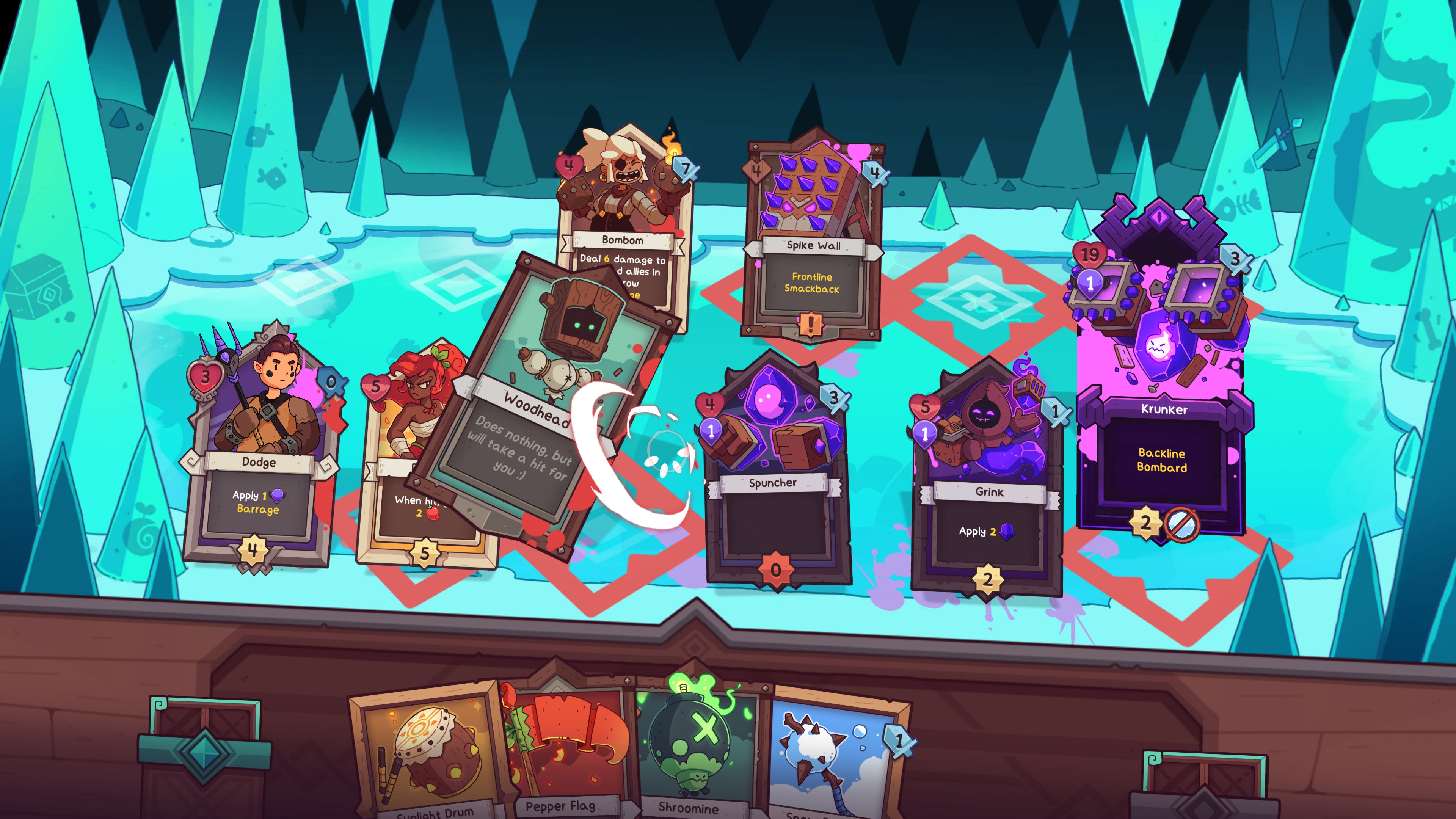 Wildfrost is coming to PC soon, on April 12th. One of the standout games we played at last year’s EGX, this roguelike deckbuilder has a healthy dose of
Wildfrost is coming to PC soon, on April 12th. One of the standout games we played at last year’s EGX, this roguelike deckbuilder has a healthy dose of 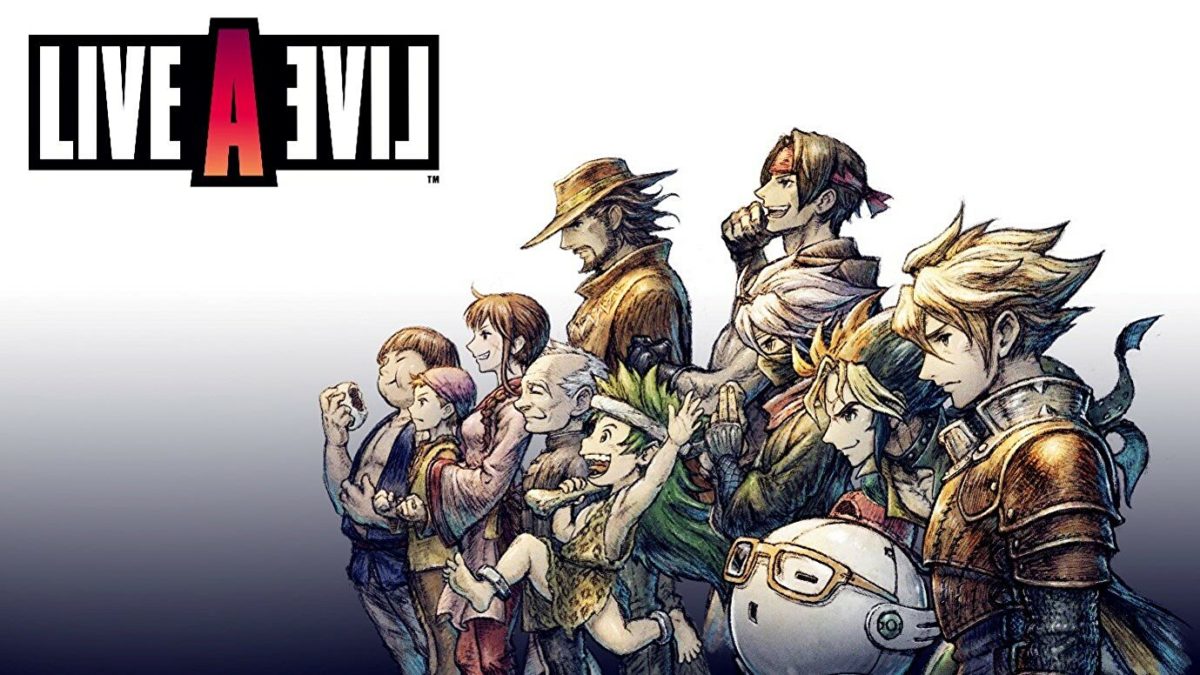
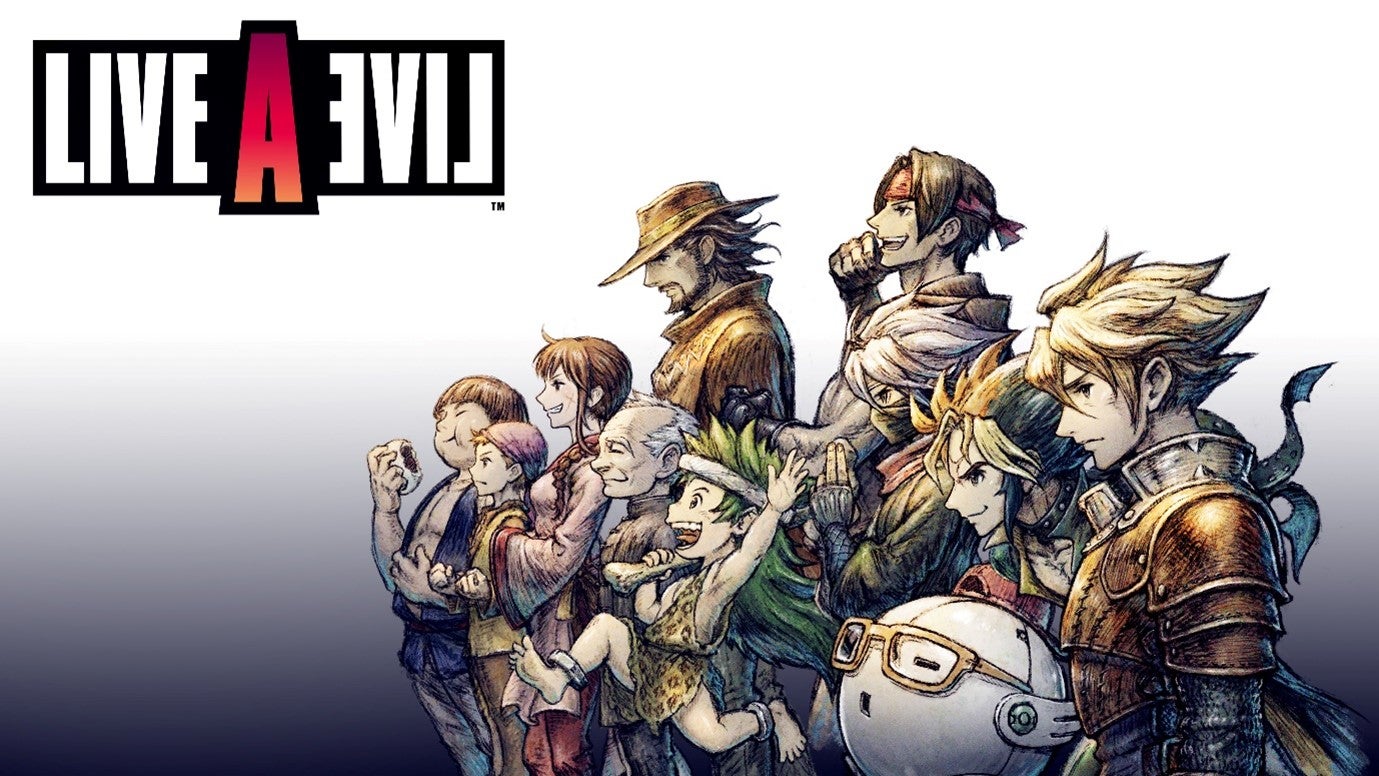 Octopath Traveler have likely had their eye on Live A Live for some time now. Last year, it came to the Nintendo Switch as an exclusive remake of the 1994
Octopath Traveler have likely had their eye on Live A Live for some time now. Last year, it came to the Nintendo Switch as an exclusive remake of the 1994